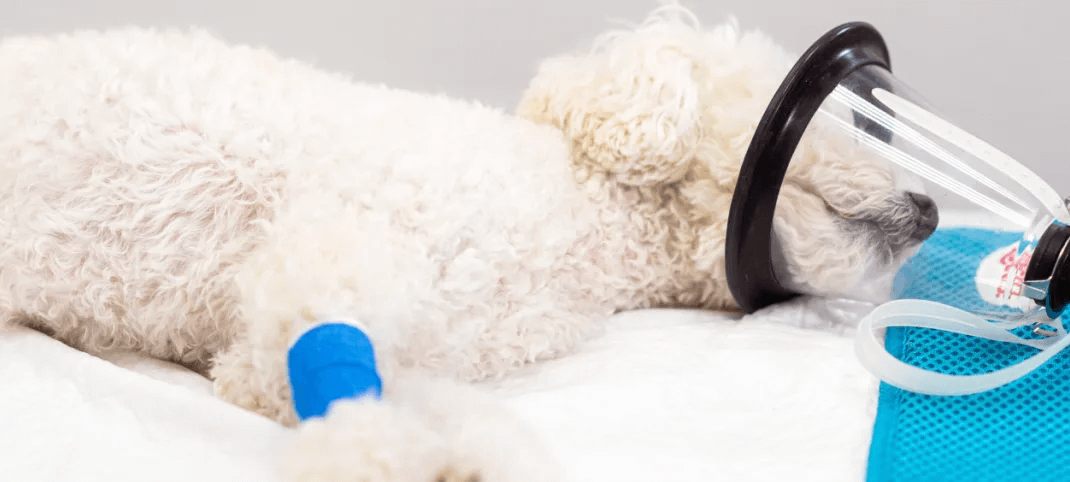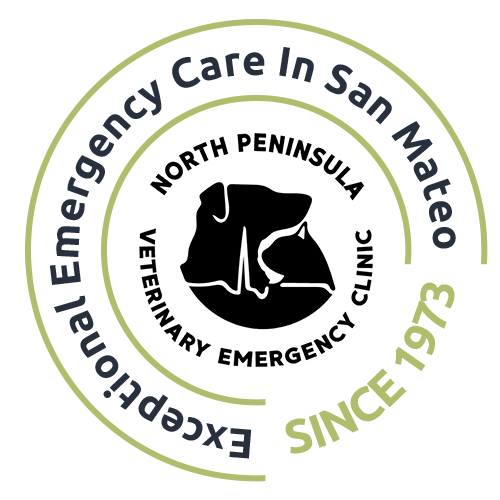Overview
An endoscopy is a highly useful medical imaging tool used to examine certain organs or organ systems of your pet without actually performing surgery. To perform an endoscopy, your veterinarian uses a thin tubular instrument with a small camera on the end – called an endoscope – and inserts it into an opening of the body.
Why would my pet need an endoscopy?
 An endoscopy is a useful medical imaging tool for animals when they are experiencing symptoms such as weight loss, vomiting, or diarrhea, or if they are having difficulty breathing and problems in parts of their lungs. With endoscopic equipment, your veterinarian can examine different internal organs such as the lungs (bronchoscopy), the colon (colonoscopy), and the bladder (cystoscopy) or the upper part of the gastrointestinal system (esophagus, stomach, upper duodenum). For your pets, an endoscopy can provide a minimally invasive method to assist your vet veterinarian diagnose gastrointestinal conditions, problems in the lungs and airways, and cancer, or in some cases, it can also be used therapeutically to remove foreign objects that your pet may have swallowed
An endoscopy is a useful medical imaging tool for animals when they are experiencing symptoms such as weight loss, vomiting, or diarrhea, or if they are having difficulty breathing and problems in parts of their lungs. With endoscopic equipment, your veterinarian can examine different internal organs such as the lungs (bronchoscopy), the colon (colonoscopy), and the bladder (cystoscopy) or the upper part of the gastrointestinal system (esophagus, stomach, upper duodenum). For your pets, an endoscopy can provide a minimally invasive method to assist your vet veterinarian diagnose gastrointestinal conditions, problems in the lungs and airways, and cancer, or in some cases, it can also be used therapeutically to remove foreign objects that your pet may have swallowed
When is an endoscopy appropriate?
An endoscopy is a highly useful medical imaging tool used to examine your pet less invasively than performing surgery. An endoscopy is usually recommended when our doctors find abnormalities on bloodwork or radiographs (x-rays) and need to confirm a diagnosis in the digestive tract or the respiratory system. Endoscopy can also be used for therapeutically, which is termed an interventional endoscopy.
How is an endoscopy used?
An endoscopy is performed with either a flexible endoscope (bronchoscopy, colonoscopy, or endoscopy) or with a rigid endoscope (arthroscopy, cystoscopy, laparoscopy, proctoscopy, rhinoscopy, or thoracoscopy). The machine is comprised of a tube that enters the body, an eyepiece, and a mechanized control section for the doctor to maneuver the equipment. Additionally, there are two channels within the endoscope. One channel can be used to introduce various endoscopic tools to collect fluids or samples, and the other allows air or water to pass through the scope. Special video cameras can be attached that allow viewing of the procedure on a screen. A video recording of the procedure can also be done.
Endoscopies performed on humans only require light sedation, however, because animals do not understand that a veterinary team is trying to help them, they require sedation and general anesthesia for the duration of the procedure.
